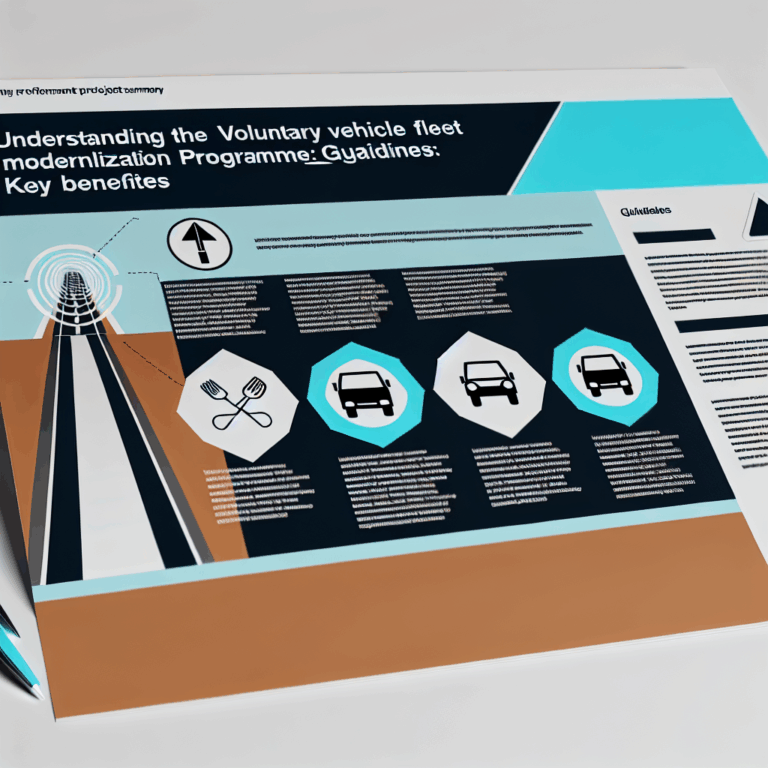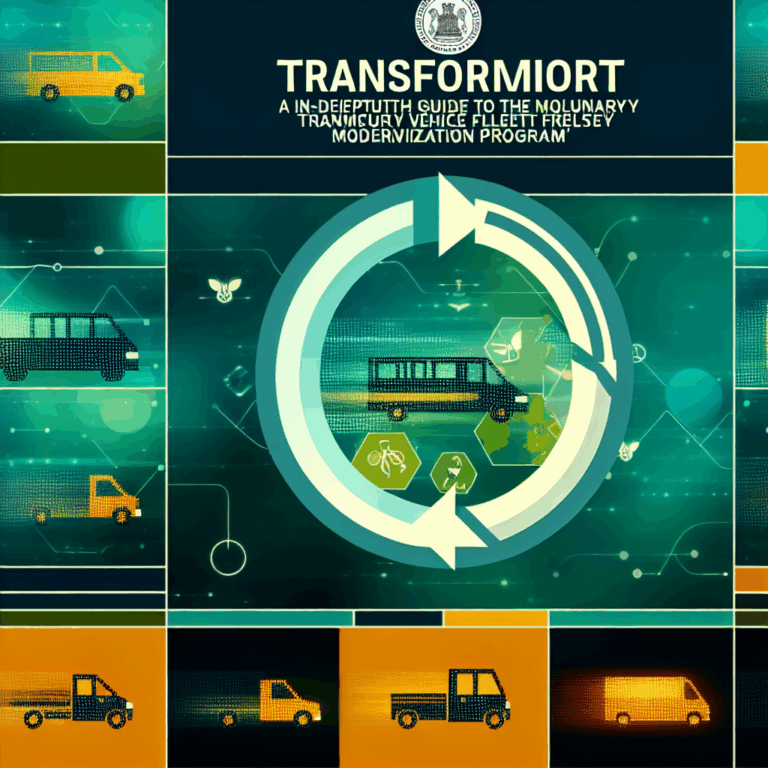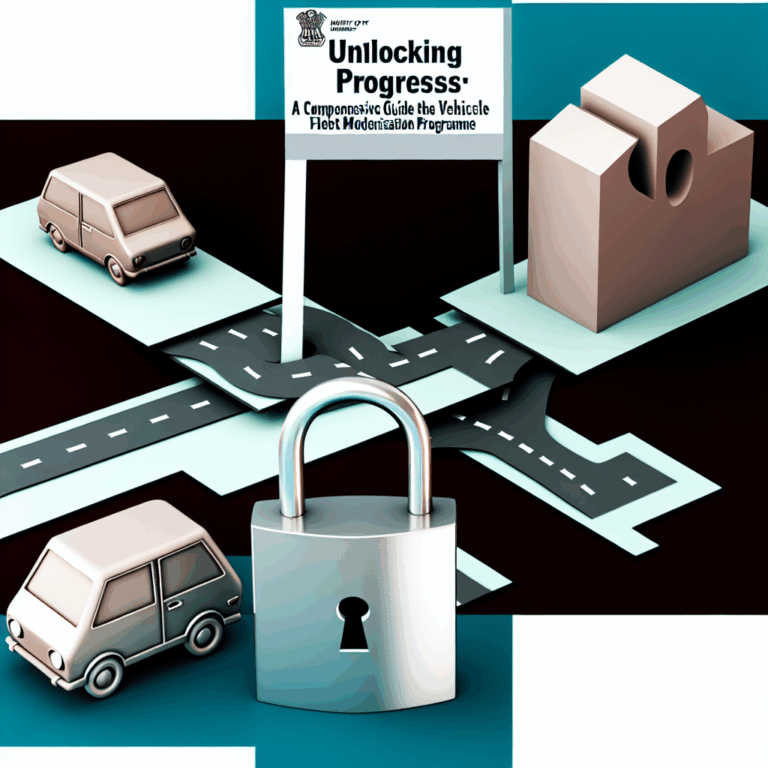Copyright @ 2023 www.digimitr.com. All rights reserved.

Swachh Bharat Mission Urban 2.0: Transforming India’s Urban Landscapes Through Cleanliness and Sustainability
Discover the details of the government scheme titled “Swachh Bharat Mission Urban 2.0: Transforming India’s Urban Landscapes Through Cleanliness and Sustainability”. This program is overseen by the relevant ministry and focuses on delivering benefits to eligible beneficiaries.
Here is a comprehensive overview:
Swachh Bharat Mission Urban 2.0, launched by the Government of India, aims to bolster the efforts made under the original Swachh Bharat Mission. This initiative is a significant leap towards improving urban sanitation and cleanliness, particularly in the wake of rapid urbanization. As cities expand, the challenges related to waste management, public hygiene, and sustainable living increase. Swachh Bharat Mission Urban 2.0 addresses these issues comprehensively by focusing on efficient waste management systems and promoting sustainable practices among urban dwellers.
This mission is primarily targeted at urban local bodies (ULBs) across India, including municipalities and municipal corporations. Eligibility criteria encompass all cities with a population of over 1 lakh as per the 2011 Census, covering cities across various states and Union territories. Moreover, the mission encourages active participation from citizens, NGOs, and private sectors wishing to contribute to urban cleanliness through various engagements and initiatives.
One of the standout features of Swachh Bharat Mission Urban 2.0 is its emphasis on integrated solid waste management. The mission aims to treat 100% of the waste generated in urban areas through scientifically designed waste management systems. It includes setting up Material Recovery Facilities (MRFs) for segregating waste and ensuring recycling practices are followed to minimize landfill burdens.
Furthermore, this mission focuses on sanitation innovation, such as promoting the use of e-toilets and bio-toilets, which save water and are eco-friendly. Another notable aspect is the push for public awareness campaigns that educate citizens on the importance of cleanliness and sanitation, thus fostering a community-driven approach to urban living.
The benefits of this comprehensive approach are manifold. Improved urban hygiene leads to better public health outcomes, reduced pollution, increased property values, and enhanced quality of life for residents. Furthermore, the sustainable waste management practices reduce carbon footprints and promote environmental conservation.
Urban local bodies (ULBs) keen on participating in Swachh Bharat Mission Urban 2.0 can apply through a structured yet straightforward process. Interested ULBs must submit a detailed plan outlining their proposals for improving sanitation and waste management in their respective areas.
Key elements of the application include project goals, resource allocation, timeline, and stakeholder involvement plans. Once the proposals are submitted, they undergo evaluation by respective state governments and then the central Ministry of Housing and Urban Affairs, which will approve funding based on the proposal’s viability and expected outcomes.
The Indian government has allocated substantial financial resources to enable the implementation of Swachh Bharat Mission Urban 2.0. The mission has a budget of over ₹1.4 lakh crore, underscoring the commitment to urban sanitation and cleanliness. This funding covers not just project implementation costs but also training for personnel and awareness generation activities.
The financial model involves contributions from both central and state governments, along with financial support from local bodies. Moreover, the mission encourages leveraging private sector investments, grants, and partnerships with NGOs to maximize the efficiency and effectiveness of sanitation efforts.
Since its inception, Swachh Bharat Mission Urban 2.0 has made remarkable progress in various urban areas. As of recent reports, over 60% of urban local bodies have reported significant improvements in waste segregation at source. Many cities have adopted innovative practices in sanitation, leading to enhanced waste processing and reduced litter in public spaces.
The mission has also sparked a cultural shift towards cleanliness, as citizens increasingly participate in local cleanliness drives. The engagement of schools, colleges, and communities in this mission has notably uplifted public understanding of sanitation, resulting in cleaner streets and improved environmental conditions.
Despite the significant strides being made, Swachh Bharat Mission Urban 2.0 faces its share of challenges. One of the primary issues is the need for continuous funding and investment at the local level. Some urban local bodies struggle with resource allocation and might lack the expertise to implement sustainable waste management systems effectively.
Another challenge is the mindset of citizens towards waste disposal practices. While awareness campaigns are ongoing, changing deep-seated behaviors related to cleanliness requires time and persistent effort. Urban areas, often characterized by dense populations, complex socio-economic dynamics, and limited space, pose additional logistical challenges that need to be addressed for effective waste management.
As part of the mission’s evolution, new initiatives have been introduced to enhance urban cleanliness efforts. Recent updates focus on leveraging technology, with innovations such as mobile applications for waste reporting and management gaining traction. Additionally, collaborations with startups for waste management solutions have opened doors to modern techniques, making urban cleanliness more efficient and sustainable.
Moreover, ongoing assessments and reviews have led to periodic refinements in policies, showcasing the mission’s commitment to adapting strategies based on ground realities and outcomes.
Swachh Bharat Mission Urban 2.0 represents a pivotal chapter in India’s journey towards achieving cleanliness and sustainability in urban landscapes. Through integrated approaches, community participation, and continuous funding, this mission is transforming cities into cleaner, healthier spaces. The challenges that lie ahead require dedicated efforts from all stakeholders—from government authorities to citizens—to sustain the momentum and ensure that the mission’s goals are not only met but exceeded.
1. What is the main objective of Swachh Bharat Mission Urban 2.0?
The primary objective is to improve urban sanitation and waste management across Indian cities through sustainable practices and community involvement.
2. How does one apply for funding under this mission?
Urban local bodies must submit detailed proposals outlining their sanitation plans to respective state governments, which will then be evaluated at the central level for approval and funding.
3. What challenges does Swachh Bharat Mission Urban 2.0 face?
Challenges include securing continuous funding, changing public behaviors towards cleanliness, and the logistical complexities of managing waste in densely populated urban areas.
For more information, check out official government site,
Official government website or relevant source not provided.
Stay updated on related schemes and initiatives using hashtags: #Swachh #Bharat #Mission #Urban #Transforming #Indias #Urban #Landscapes #Cleanliness #Sustainability
Join the discussion about this scheme in the comments below!





